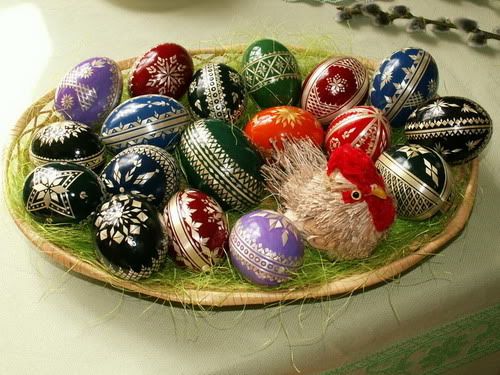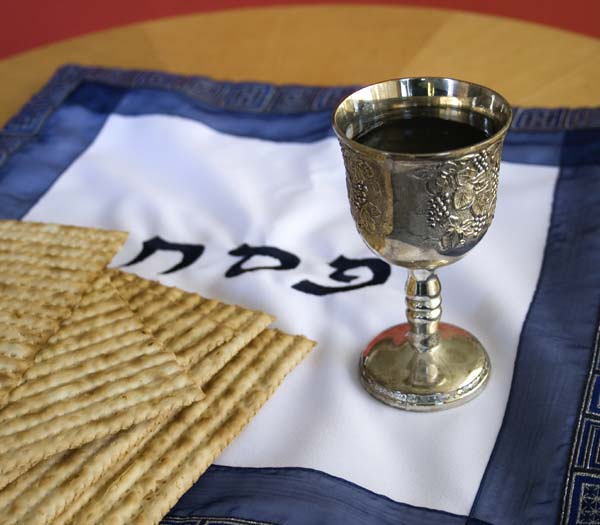
Easter in Slovakia
Easter is the most significant Christian holiday. Because it is a moveable holiday, its date changes every year. Christians begin Easter celebration on Holy Thursday. Good Friday is a state holiday in Slovakia. While many people usually do not go to work, but stores and supermarkets are usually open.
Easter is the most significant Christian holiday. Because it is a moveable holiday, its date changes every year. Christians begin Easter celebration on Holy Thursday. Good Friday is a state holiday in Slovakia. While many people usually do not go to work, but stores and supermarkets are usually open.
On Good Friday, the day of abstinence, Christians commemorate the death of Jesus Christ. Then on Easter Sunday then celebrate the resurrection of the Lord Jesus Christ; however, not only Christians celebrate Easter
“Oblievacka” (water pouring) is a typical Easter Monday custom in Slovakia. The character of oblievacka slightly varies from region to region. On this day men visit their female relatives and friends and pour water on them or spray them with perfume, and whip them gently with special whips made of braided willow rods. According to tradition, pouring water on women will guarantee their beauty and good health throughout the year.
Recently oblievacka and sibacka (whipping) have not been as intense as they used to be in the past decades. In many regions, water buckets have been replaced with perfumes, a small syringe filled with water, a water cup, or a water pistol.

However, in some villages you may still see young men, sometimes riding on the horses or dressed in traditional folk costumes, who come with rattles and braided whips decorated with colorful ribbons. They may take females out of the houses and douse them with a bucket or buckets filled with cold water.
During this tradition men may sing songs and play the accordion.
After oblievacka and sibacka, women reward men with sweets, fruit, money, or painted Easter eggs. Easter eggs or kraslice are quite popular in Slovak tradition. Kraslice are painted, dyed, or otherwise decorated blown eggs. Many decorate kraslice at home or buy them at market or at the craft store. While it is not required to give Easter eggs to visiting males on Easter Monday, only a few men will leave the house without a drink or small refreshment.
